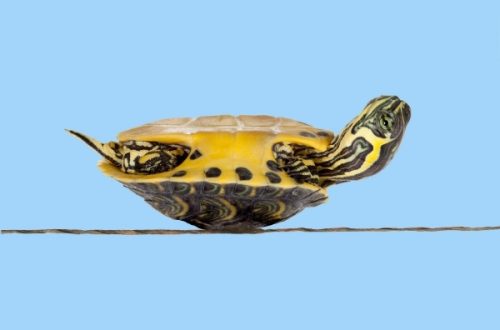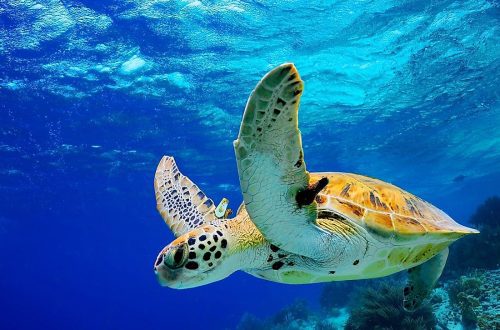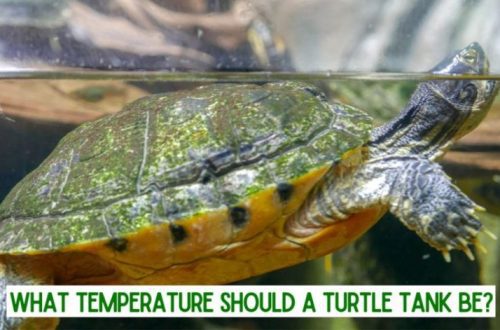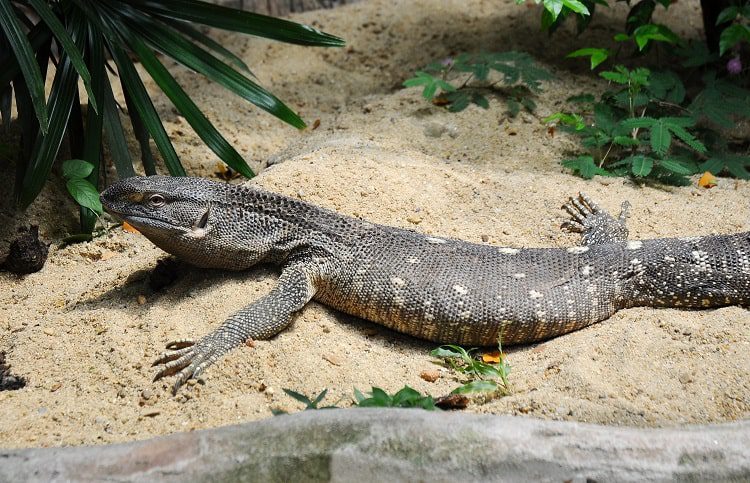
Cape monitor lizard: maintenance and care at home
Increasingly, unusual animals are chosen as pets. They breed turtles, eublefars, tropical spiders, amphibians. One of the popular options is the Cape monitor lizard.
In the article we will talk about its varieties, habitat, care and life expectancy.
Contents
Introduction
Description of the species
The Cape monitor lizard is the most suitable reptile for the home. He is very contact, it will not be difficult to tame him. Leads a terrestrial lifestyle. Therefore, it is not so difficult to organize an acceptable habitat for an individual in an ordinary city apartment. With proper care, a monitor lizard can live up to 12 years. It has a seasonal breeding – usually in the spring.
Living conditions and sizes
Cape monitor lizards live in West Africa. They can be found:
- in dry forests, semi-deserts;
- among bushes and stones;
- at the foot of the mountains;
- near rivers and lakes.
They dig holes themselves or use those dug by rodents. They hide in the heat, sleep at night. If danger arises, the lizard beats the enemy with its tail or clings tightly to stones. The reptile usually lies in wait for prey in the crown of bushes or trees.
In its natural environment, the Cape monitor lizard feeds on carrion. He can catch insects, frogs. Food is not chewed, but swallowed in pieces. After that, the lizard lies down and dozes. So the animal relaxes. The monitor lizard is active only in case of a threat or a feeling of hunger.
The body length of an adult does not exceed a meter with a weight of 37-40 kg. Individual individuals, males, can reach up to 130 cm. In captivity, Cape monitor lizards are longer than in their natural habitat. After all, they are regularly fed by the owners.
The reptile has a wide head, the body is covered with scales. The color is predominantly grey-brown. On the back there are yellow spots with a dark edging, on the tail there are brownish rings. The lower part of the body is lighter. Such animals have very long claws, strong jaws. Juveniles have sharper teeth than adults.
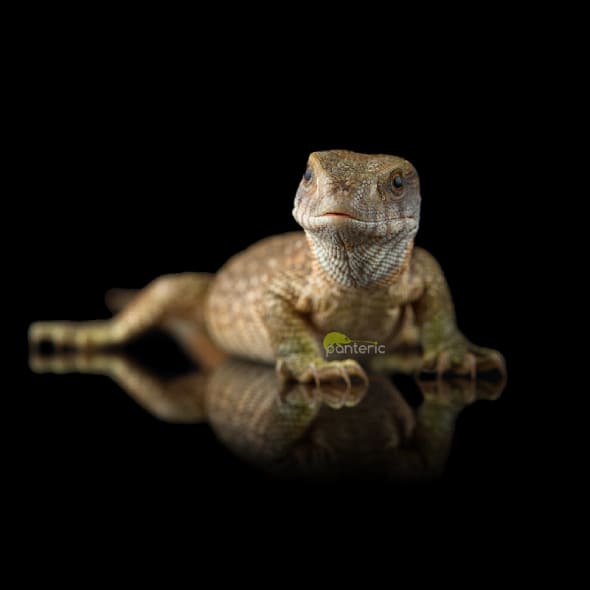
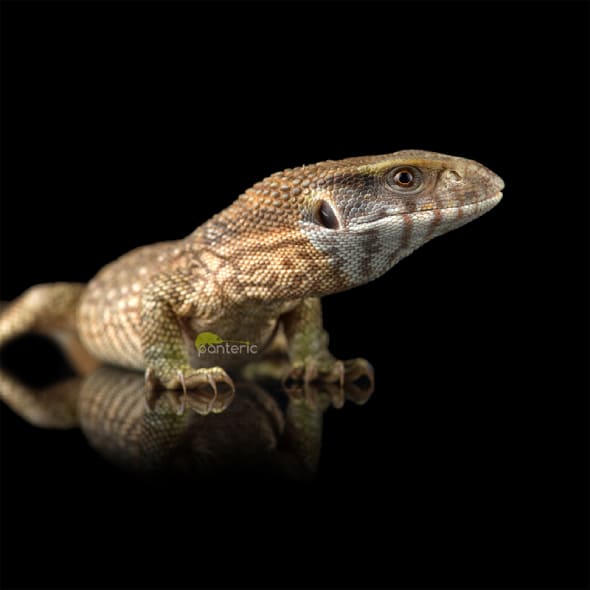
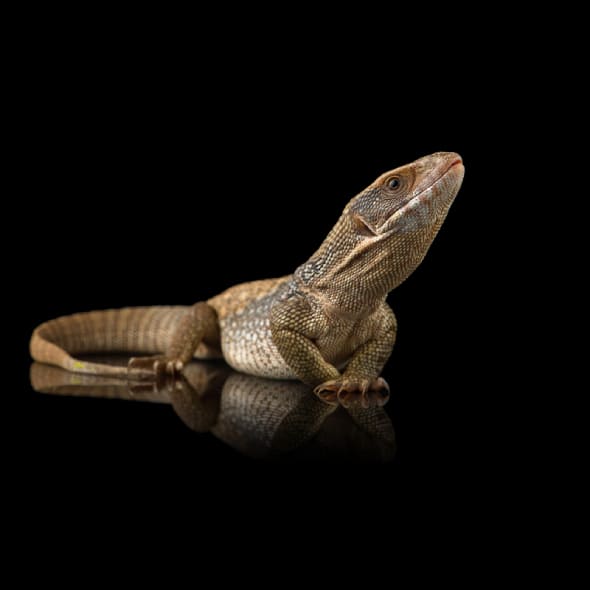
Containment Equipment
Terrarium
You need to choose a terrarium for the Cape monitor lizard according to the size of the animal. The volume should be twice the length of the body. There are 2 options for comfortable accommodation of the reptile:
- buy or make a terrarium “with a margin” – 3,5 m long.
- populate the monitor lizard in a terrarium that is suitable at the moment. And when he grows up – relocate.
Heating
Heat lamps are used to heat the terrarium. It is very important to maintain a suitable temperature, it should not be lower than +28 °C during the day. And at the warm-up point above +40 ° C. Otherwise, the lizard may have problems with digestion. At night, you can turn off the overheating. But at the same time, make sure that the thermometer does not fall below +24 ° C. If the apartment is cold, then at night the terrarium also needs to be heated.
Ground
As a substrate, you can use soil mixtures for reptiles, moss, tree bark. The main thing is that the coating retains moisture. The thickness of the soil matters. It is better to make the layer high enough for the pet to dig.
shelters
For the Cape monitor lizard, you need to put a comfortable shelter in the terrarium. Monitor lizards love to spend time in their wet burrows. The design of the terrarium is supplemented with snags, branches. The monitor lizard will be able to use them as additional cover or climb higher to the lamps to warm up.
Lighting
For the comfort of the reptile, it is important to maintain sufficient light. It is mandatory to install lamps with ultraviolet radiation and fluorescent lamps. 3 in 1 combination lamps can be used.
Water and humidity
In addition to feeding, walking and living conditions, the monitor lizard must be provided with the opportunity to bathe regularly. He loves to dive into the water.
In addition, the lizard defecates in the pond. A container of water will protect the soil from contamination with animal excrement. Every morning, you can put the monitor lizard for 15 minutes in a container of water – this will simplify cleaning. To protect your pet from diseases, it should not only be properly fed and heated. You also need to maintain high humidity. Have you noticed that the lizard drinks a lot and often? This indicates that the climate in the terrarium is too dry. It is necessary to spray water on the substrate more often.
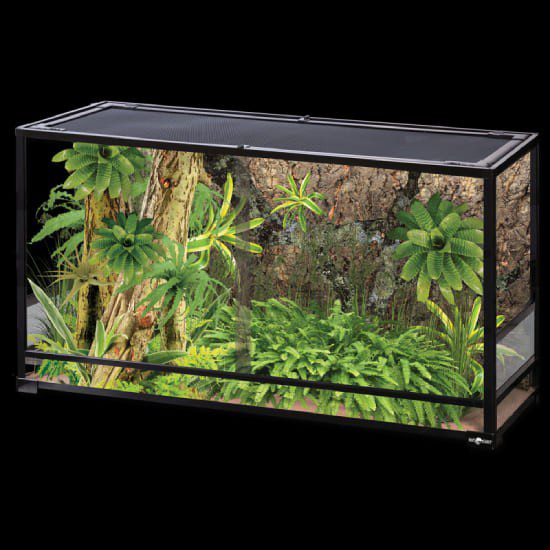

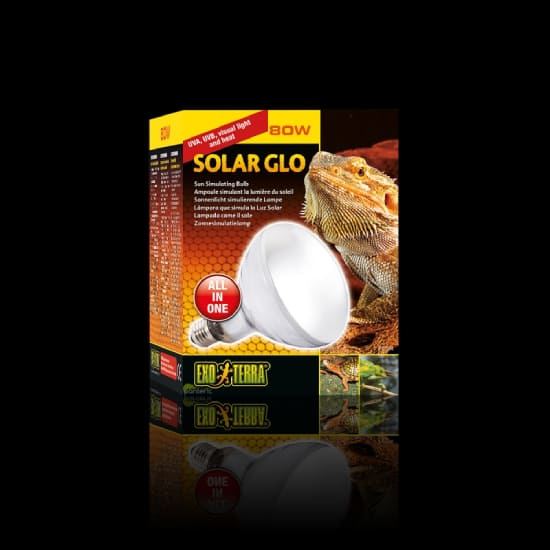
Food
How and what to feed the Cape monitor lizard
The diet should include:
- insects;
- eggs;
- rodents – rats, mice;
- vitamins for reptiles;
- shrimp.
This predatory animal in its natural environment leads a mobile lifestyle. At home, it quickly gains weight. Losing weight for him is not an easy task. Fat covers every internal organ. If the weight of the reptile increases, then it is much more difficult for it to move. The load on the circulatory system increases. There is a rupture of blood vessels. The formed thrombus often enters the lungs, which inevitably leads to death.
What to do if you refuse food
You need to choose what to feed the Cape monitor lizard. Fatty foods are not for him. Up to 4 months, the lizard is fed once a day, from 1 to 4 months – every other day. Individuals older than a year are given food only once a week. Cape monitor lizard does not need to be fed with street insects and animals. They may contain parasites. There is one more nuance in how to care for the Cape monitor lizard. Vitamins and mineral complexes should be added to food. It helps the pet to develop normally.
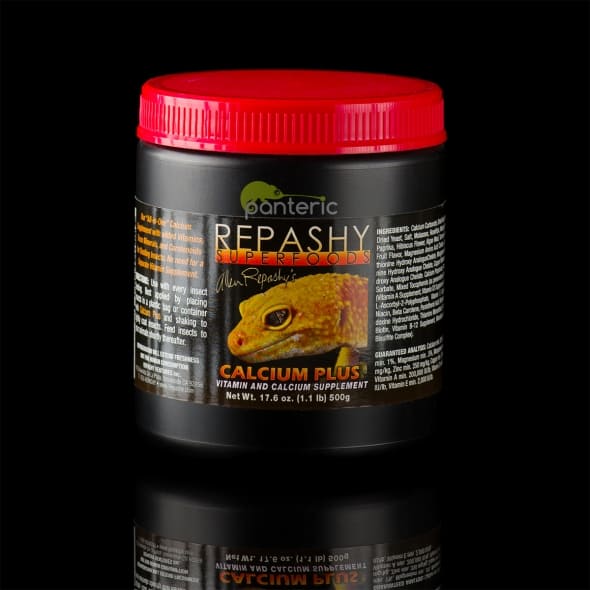

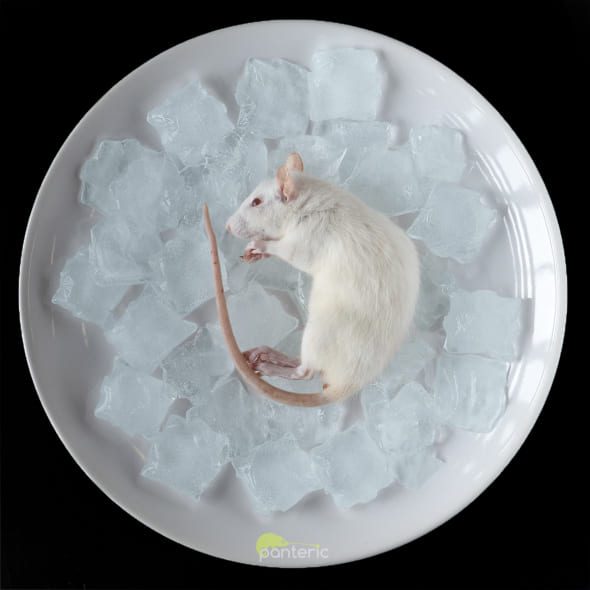
Reproduction
At about three years, the Cape monitor lizard matures. In the rainy season, he begins the mating season. At this time, the male pursues the female. He can bite her tail, scratch her neck, paws. When mating is completed, the female digs a hole. There she lays 20-60 eggs. They are no more than 10 cm in size. Six months later, reptiles hatch in the nest. Newborn monitor lizards are independent from the first days of life. They are growing very fast. Parents do not care about their brood.
Lifespan
The Cape monitor lizard can live at home for about 10 years. The maximum lifespan in captivity that was recorded was 12,8 years.
Joint keeping of Cape monitor lizards
If the terrarium is large enough, you can keep several lizards in one terrarium. But pets need to be fed separately. They may not share food, injure while eating.
Health maintenance
In order for the Cape monitor to be healthy and active, it must be moderately and properly fed. Give the pet vitamins, bathe daily, keep in a terrarium with suitable heating, lighting, humidity.
Communication with an animal
The Cape monitor lizard is the best lizard for home keeping. He is peaceful, contact and gets used to hands. The monitor lizard can be walked by wearing a harness on it. But while walking, you need to carefully monitor him. Avoid glass, sharp, cold or hot surfaces.
Interesting Facts
- African natives consider Cape monitor lizards to be sacred animals. According to beliefs, these lizards should not be killed, otherwise the amount of water in the area will decrease.
- The animal is exported mainly from Ghana, Togo, Kenya, Tanzania.
- If a reptile has bitten, then it is not the bite that is dangerous, but the inflammation that occurs due to it. Sepsis may even develop. Indeed, in the mouth of a lizard there are many pathogenic microorganisms.
- The Cape monitor lizard can fire its feces at the enemy. This is his way of protecting himself.
- The animal is included in Appendixes I and II of the Convention on International Trade in Wild Animals (CITES).
Where to buy a pet and everything for its maintenance
In the Panteric online store you can purchase a healthy individual of the Cape monitor lizard, a terrarium for it, equipment for keeping, food. Specialists will give advice on caring for exotic animals. Leave your pet in our hotel during your vacation or departure.
How to properly care for felsums at home? Everything you need to know is in this article.
Many hobbyists choose to keep a short-tailed python. Find out how to properly care for him at home.
In this article, we will tell you how to make the life of this exotic pet comfortable and protect it from dangers. We will explain what to include in the diet and how to properly care for it.



